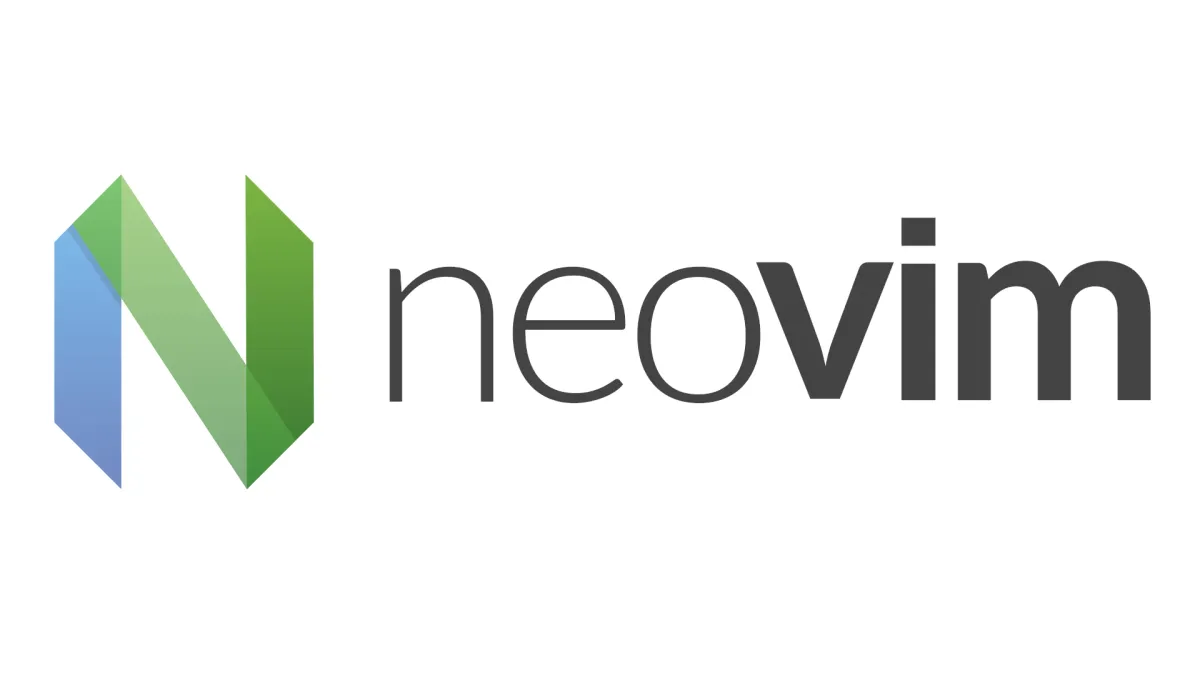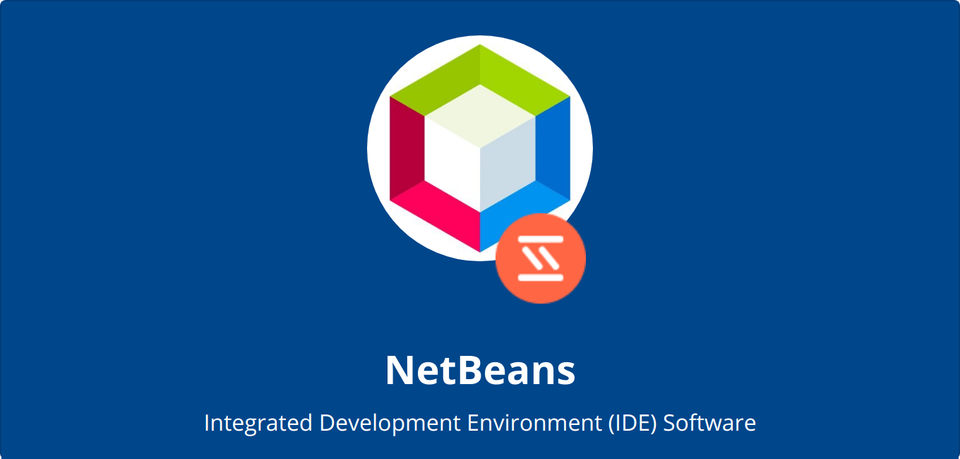VSCode vs Neovim: A Comprehensive Comparison

Overview
Visual Studio Code (VSCode) and Neovim are two widely used code editors that cater to different types of developers. While both are powerful tools for coding, they have distinct philosophies, interfaces, and user experiences. In this article, we’ll compare VSCode and Neovim across several key areas to help you decide which one best suits your development needs.
Philosophy and Approach
The core philosophy behind each editor is fundamental to understanding how they cater to different types of developers.
- VSCode: VSCode, developed by Microsoft, is a modern, feature-rich code editor aimed at providing an easy-to-use and highly customizable development environment. It’s designed to be user-friendly with a graphical interface, offering a balance between simplicity and powerful features. VSCode is intended for developers who want a full-fledged IDE-like experience without the complexity, making it accessible to both beginners and experienced developers.
- Neovim: Neovim is a refactor of the classic Vim editor, designed to be more maintainable and extendable while preserving the efficiency and speed that Vim users love. Neovim is for developers who prefer keyboard-driven workflows and minimalism. It is highly customizable, allowing users to tailor the editor to their exact needs through configuration files and scripting. Neovim appeals to those who value efficiency, speed, and control over their development environment.
User Interface and Experience
The user interface and experience differ significantly between VSCode and Neovim, reflecting their respective philosophies.
- VSCode: VSCode offers a graphical user interface (GUI) with a sidebar for file navigation, a command palette, an integrated terminal, and various panels for debugging, source control, and extensions. The interface is intuitive and easy to navigate, with numerous customization options like themes and keybindings. VSCode’s GUI makes it accessible to developers of all experience levels, with features like auto-completion, IntelliSense, and integrated debugging tools enhancing productivity.
- Neovim: Neovim, like Vim, is a text-based editor that operates primarily in the terminal. It has no graphical user interface by default, relying instead on keyboard shortcuts and commands for navigation and editing. This can be intimidating for beginners, but for experienced users, it provides unparalleled speed and efficiency. Neovim’s interface is minimal, with a focus on keeping the developer’s hands on the keyboard. The steep learning curve is offset by the efficiency gained once users master the keybindings and command structure.
Customization and Extensibility
Both VSCode and Neovim are highly customizable, but they approach extensibility in different ways.
- VSCode: VSCode is known for its extensive marketplace of extensions, which allow developers to add new features, language support, themes, and tools with ease. Installing and managing extensions is straightforward, making VSCode a highly flexible environment that can be adapted to suit almost any development need. Customization in VSCode is primarily done through the settings.json file, where users can adjust various aspects of the editor, from the interface to the behavior of installed extensions.
- Neovim: Neovim’s customization is rooted in its configuration files, typically written in Lua or Vimscript. Users can create custom keybindings, macros, and commands, and can even script complex workflows. Neovim supports plugins, which can be managed using tools like
vim-plugorPacker.nvim. While this approach requires a deeper understanding of the editor, it offers unmatched control and flexibility. For developers willing to invest the time, Neovim can be tailored into a highly efficient, personalized development environment.
Language Support and Ecosystem
The language support and ecosystem around each editor are important factors to consider, especially for polyglot developers.
- VSCode: VSCode natively supports a wide range of programming languages, including JavaScript, Python, TypeScript, Go, and many more. Its language support can be further enhanced through extensions available in the marketplace. VSCode’s integration with tools like Docker, Git, and various cloud services makes it a strong choice for developers working in diverse environments. The ecosystem around VSCode is vast, with frequent updates and a large community contributing to its continuous improvement.
- Neovim: Neovim, through its LSP (Language Server Protocol) support, can provide robust language features like auto-completion, go-to-definition, and real-time linting for many programming languages. While Neovim doesn’t come with built-in support for specific languages like VSCode, users can install plugins to add the features they need. Neovim’s ecosystem, while smaller, is highly active and focused on efficiency and performance. The community around Neovim is passionate, often contributing plugins that are optimized for speed and minimalism.
Performance and Resource Usage
Performance is a key consideration, especially for developers working on large projects or in resource-constrained environments.
- VSCode: VSCode is generally lightweight for an IDE, but it can become resource-intensive as you add more extensions. It’s known to use a significant amount of memory and CPU, especially with large projects or numerous open files. However, for most developers, VSCode’s performance is more than adequate, and the trade-off for its rich feature set is often considered worthwhile.
- Neovim: Neovim is renowned for its speed and low resource usage. Running directly in the terminal, it has a minimal footprint, even when managing large files or complex projects. Neovim’s performance remains consistently fast, with very low memory and CPU usage. This makes it an ideal choice for developers working on older hardware or who prefer a snappier, more responsive coding experience.
Learning Curve and Community Support
The ease of learning and the availability of community support can greatly impact your experience with an editor.
- VSCode: VSCode is designed to be user-friendly, with a shallow learning curve. Most developers can become proficient with it quickly, thanks to its intuitive interface and rich set of built-in features. The extensive documentation, tutorials, and active community make it easy to find help when needed. The large user base and continuous updates from Microsoft ensure that VSCode stays relevant and well-supported.
- Neovim: Neovim has a steeper learning curve, particularly for those unfamiliar with Vim’s modal editing and command structure. However, once mastered, Neovim’s efficiency and speed can significantly enhance productivity. The community around Neovim is smaller but highly dedicated, often producing high-quality plugins and detailed guides. There’s a wealth of resources available for learning Neovim, including online courses, forums, and documentation, though it requires a more significant time investment to become proficient.
Integrated Tools and Features
Both VSCode and Neovim offer powerful tools and features, but they are integrated in different ways.
- VSCode: VSCode comes with a range of integrated tools, including a built-in debugger, terminal, Git support, and support for various file formats and programming languages. These tools are designed to work seamlessly within the editor, providing a cohesive development environment. The extension marketplace further enhances these capabilities, allowing developers to add tools for everything from container management to remote development.
- Neovim: Neovim’s approach to integrated tools is more modular. While it doesn’t include as many built-in features as VSCode, it can be extended with plugins to add similar functionality. For example, Neovim users can add Git integration with plugins like
vim-fugitiveor debugging capabilities withnvim-dap. This modular approach allows users to build an environment that includes only the tools they need, maintaining Neovim’s lightweight and fast performance.
Version Control Integration
Version control is essential for modern software development, and both editors handle it differently.
- VSCode: VSCode has excellent built-in Git integration, providing an intuitive interface for committing changes, branching, merging, and resolving conflicts. The Source Control panel allows developers to manage their repositories directly within the editor, making version control seamless and accessible. For those using other version control systems, extensions are available to add support for alternatives like Mercurial or Subversion.
- Neovim: Neovim relies on plugins for version control integration. Plugins like
vim-fugitiveprovide powerful Git support, including features like committing, branching, and viewing the history. While these plugins are highly efficient and offer deep integration with Neovim’s command structure, they require manual setup and configuration. Neovim’s approach gives developers control over how version control is integrated into their workflow, though it may require more effort to set up compared to VSCode.
Conclusion
VSCode and Neovim are both exceptional code editors, but they cater to different types of developers with distinct needs and preferences.
- VSCode is a modern, GUI-based editor that offers a rich set of features, extensive language support, and a vast ecosystem of extensions. It’s accessible to developers of all skill levels, providing an IDE-like experience without the complexity. VSCode is ideal for those who want a powerful, all-in-one tool that works across various programming languages and platforms.
- Neovim, on the other hand, is a terminal-based, keyboard-centric editor that emphasizes speed, efficiency, and minimalism. It’s perfect for developers who value control over their environment and are willing to invest time in customizing and mastering their tools. Neovim’s lightweight nature and focus on performance make it a top choice for those who prefer a streamlined, distraction-free coding experience.
Ultimately, the choice between VSCode and Neovim depends on your personal preferences, workflow, and the type of projects you work on. If you’re looking for a versatile, easy-to-use editor with a wide range of features out of the box, VSCode is likely the better
choice. However, if you prefer a minimalist, highly customizable environment where you have full control, Neovim may be the ideal editor for you. Both editors are free and open-source, so you can try them out to see which one best fits your needs.



